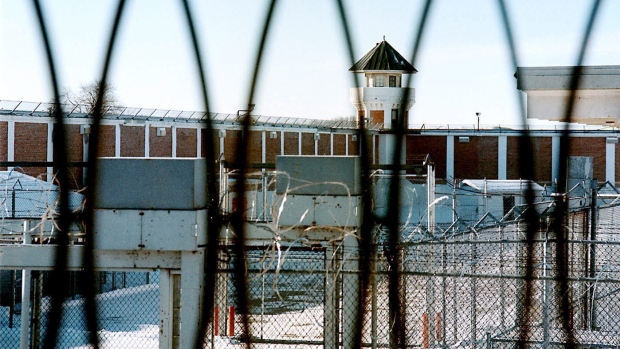
An analysis of profiles done on offenders entering Canadian correctional institutions suggests that the reintegration potential of aboriginal offenders is significantly lower than the one of non-aboriginals, even when the crimes dragging them to prison are the same.
According to the 2013-2014 Correctional Services Canada’s (CSC) Offender Profile, 44 per cent of aboriginal offenders are considered to have a low potential of reintegration, compared to 28 per cent for non-aboriginals.
The reintegration potential refers to the offender’s ability to return to a successful crime-free life in the society, says Carleton University law professor focusing on First Nations, Jane Dickson. The decision, which is based on a number of factors including the offender’s history, record of violence, education level and employment, is intended to place them in the least restrictive setting possible.
However, “Most of the factors are beyond the control of the offender”, says Dickson.
Ed Bianchi, the programs manager at KAIROS, a gathering of churches advocating for aboriginals’ rights, says this phenomenon of classification and inability for reintegration traces back to a number of years ago.
“This simply emphasizes that for years, aboriginal people have been taught that their culture is inferior and that they themselves are inferior, while non-aboriginals have been taught that their culture is better”, he says.
In fact, it traces back to the residential schools experience, which lies at the root of the over-incarceration and injustice on aboriginals. The population in prison continues to grow to this day.
According to a 2013 report published by the office of the Correctional Investigator of Canada, there has been a 43.5 per cent increase in the federal Aboriginal inmate population, compared to a 9.6 per cent increase in non-Aboriginal inmates since 2005.
“Yet we had 20 years of supposedly government commitment to indigenous incarceration, and it’s just getting worst”, says Dickson.
Aboriginal people entering prison often come from similar backgrounds, which leads them to be profiled as high-risk offenders more often than non-aboriginals. The stigmatization increases their chances of being placed in a maximum-security institution where it is then much harder, if not impossible, to get access to the programs they need.
“They sit in prison and wait, while non-aboriginals are getting the support that they need to be released on parole,” says Dickson.
Howard Sapers, the correctional investigator of Canada, says that there is a clear systemic bias in the decision-making done in the correctional service. “You create a trajectory for aboriginals and it’s really hard for them to get out of it. If you think they’ll do poorly, they will do poorly.”

However, CSC says that it is developing and implementing strategies and programs to improve the reintegration results of Indigenous offenders and address the gap in the overall correctional results between Indigenous and non-Indigenous offenders.
“We provide offenders with access to a range of rehabilitation programs that contribute to reduced rates of reoffending and increased public safety”, says Megan Hooper, communications advisor for CSC. “These programs are available to all federal offenders who require them throughout the duration of their sentences, including offenders classified at maximum-security level.”
The Truth and Reconciliation Commission of Canada’s final report in 2015 acknowledges that the Supreme Court has recognized that the legacy of residential schools should be considered when sentencing aboriginal offenders.
“We try to help aboriginals in jail and in court, but both of those institutions can’t do an awful lot to what happened in the past 25 years of history”, says Dickson.
“Social problems require social solutions.”

